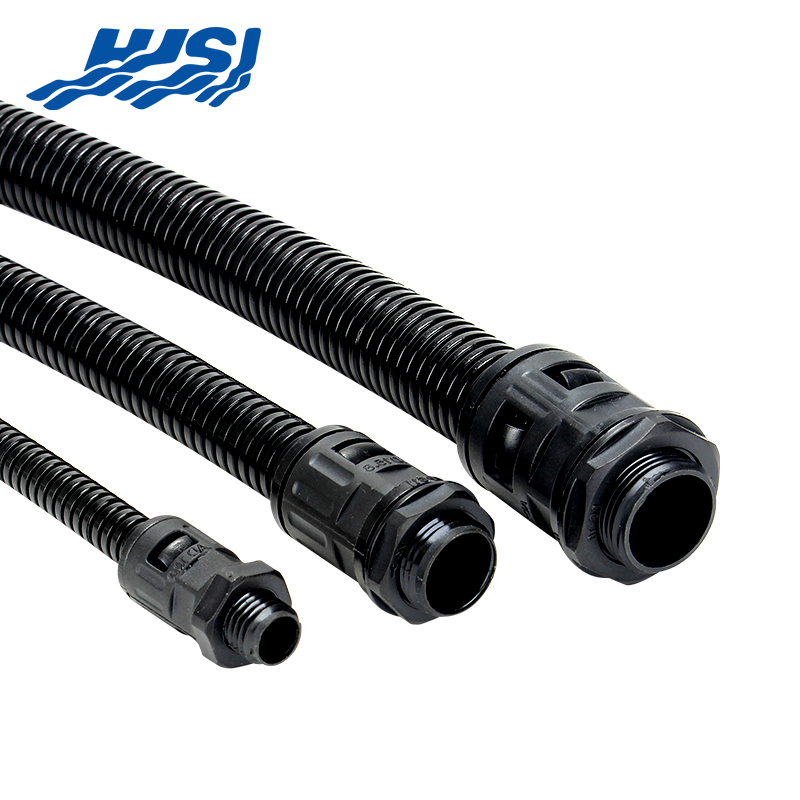The USB Type-C data cable has revolutionized the way we connect and transfer data between devices. Its versatility, speed, and compatibility have made it a popular choice for consumers and manufacturers alike.
The one step in the production of a USB Type-C data cable is selecting the right materials. High-quality copper is chosen for the wire inside the cable to ensure efficient data transfer and power delivery. The insulation material, often a type of plastic, is selected for its durability and resistance to wear and tear. The connector itself is made from a combination of metal and plastic, with the metal providing strength and the plastic offering flexibility.

The design of the Micro USB Cable Connector is crucial for the cable's functionality. Engineers use computer-aided design (CAD) software to create detailed blueprints of the connector. This design process ensures that the connector will fit securely into the USB Type-C port and maintain a reliable connection.
Once the design is finalized, the next step is to mold the connector. This involves injecting molten plastic into a mold that has been shaped according to the CAD design. The mold is then cooled, and the plastic hardens into the desired shape. The metal parts of the connector, such as the pins and contacts, are inserted into the plastic housing during or after this process.
The copper wire is then stripped of its insulation at the ends to prepare it for soldering. This process requires precision to ensure that the wire is not damaged. The stripped ends are then soldered to the metal contacts within the connector. This step is critical, as it ensures a secure and conductive connection between the wire and the connector.
With the connector and wire prepared, the assembly process begins. The wire is inserted into the connector, and any necessary strain relief mechanisms are added to protect the cable from damage due to bending or pulling. The cable is then tested to ensure that the connection is secure and that there are no shorts or breaks in the wire.
Quality control is a vital part of the manufacturing process. Each cable is tested for electrical conductivity, durability, and compatibility with USB Type-C devices. This ensures that the cable meets the required standards and performs as expected.
Once the cables have passed all quality control checks, they are packaged and prepared for distribution. This may involve wrapping the cable in protective material, placing it in a box or bag, and labeling it with necessary information such as the cable's specifications and compatibility.
The production of a USB Type-C data cable is a complex process that involves careful design, precise manufacturing, and rigorous quality control. From the selection of materials to the final packaging, each step is crucial in ensuring that the cable is reliable, durable, and performs to the high standards expected by consumers. As technology continues to advance, the manufacturing process will also evolve, potentially pilot even more efficient and high-performing USB Type-C data cables in the future.